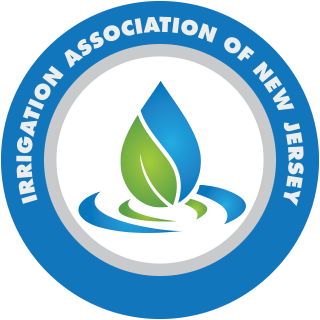Scheduling Irrigation Systems
One of the most frequently misunderstood aspects of proper irrigation maintenance is scheduling. Many irrigation managers, contractors and homeowners rely on the "spray zone 20 minutes, rotary zone 45 minutes—every other day" rule-of-thumb when setting up and maintaining irrigation controller scheduling. Relying upon rule-of-thumb irrigation scheduling can ultimately lead to wasted water due to overwatering, soil saturation and run-off.
With increasing awareness in the Western states regarding water conservation and management, it is only a matter of time before proper irrigation scheduling and water conservation will become mandated in this part of the country. Educating yourself now to meet the increasing demands for water conservation will help you to put more money into your customer’s pocket—possibly saving commercial customers thousands of dollars in wasted water.
Calculating scheduling times and run-times for efficient irrigation system operation is relatively straightforward once you realize that it is all based upon several key factors:- Evapotranspiration rate (Eto)
- Crop coefficient (Kc)
- Precipitation rate (Pr)
- System application efficiency (Ea)
Evapotranspiration is variable by month, season and climate, and is available from the National Weather Service.
The crop coefficients of various plant materials are available from Rutgers University Horticulture Department.
Pr = 96.25 x Total GPM of zone
Total area of zone
System efficiency: System efficiency is defined as the ratio of the quantity of water actually metered through the system to the amount of water actually used by the crop (turf). Many factors can affect the efficiency—evaporation, run-off, loses through deep percolation through the root zone and wind drift are a few examples. The actual application efficiency of any irrigation system can be accurately measured by using the "catch can" method placing catch cans around within the zone, catching the water applied within the zone and measuring the difference between the amount of water metered and the amount of water that actually reaches the plant. Typically, an efficiency of 70%-75% can be assumed for a well-designed and maintained irrigation system.Where: Pr = Precipitation Rate in inches per hour
Total GPM = Total flow of all sprinklers in a given area
Total area = The total square footage of irrigated area
96.25 = Constant used to convert area and flow into common units
Once the information has been gathered, the following formula from the Hunter Industries "Handbook of Technical Irrigation Information" can be used to determine zone run-time:
Pr x Ea
Where: T = Sprinkler run time in minutes
60 = Constant for conversion of area, flow, inches per hour and inches per day, into common units
Eto = Evapotranspiration rate in inches
Kc = Crop coefficient, percent
Pr = Precipitation rate of zone, in inches per hour
Ea = System application efficiency, percent
EXAMPLE:
Determine the monthly irrigation run-time for Mrs. Smith’s front lawn. Assuming no rainfall, the Eto for the month of July is 6.98", the Kc is 70% (cool season turf), the Pr of the zone is .43 inches per hour and the system application efficiency is 70%.
T = 60 x 4.98 x 0.70.43 x 0.70
T = 209.16
0.30T = 697.20 minutes per month or approximately 23 minutes per day
Always take the following into consideration when scheduling an irrigation controller:
- Amount of supplemental rainfall
- Soil type and infiltration rate
- Slope
- Depth of root zone
- Allowable "watering window"
- Township watering restrictions (if any)
